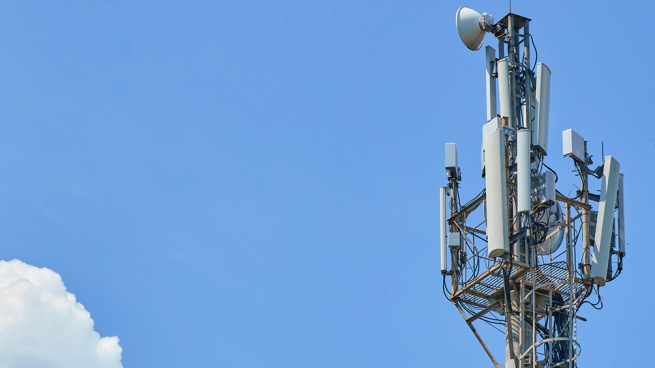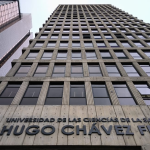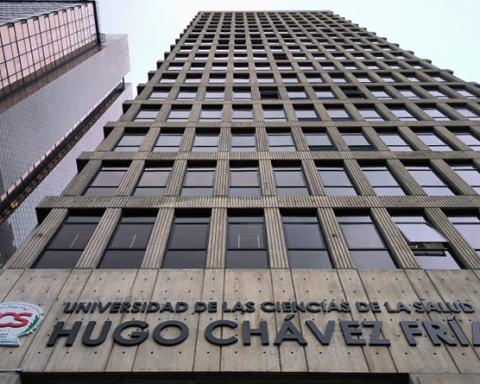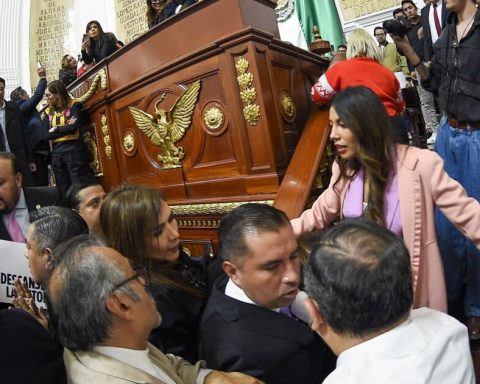Mobile communications companies advanced in the deployment of 4G coverage, while preparing with different tests and investments for 5G technology, for which they require the rights to use the radio spectrum bands.
4G services began to be provided in the country after the spectrum auction held in 2014, at which time the companies agreed to carry out a deployment schedule that if it had been strictly complied with, there would be no routes in the country without coverage.
From the private sector they pointed out to Télam that the companies “overcomplied with coverage in cities, but not on the routes”; and among the “externalities” that caused this situation they mentioned the devaluation of the peso in 2018 and the unresolved competitive differences, such as the bundling of services (internet, TV and mobile).
Also the external working conditions during the pandemic year with stricter isolation, the declaration of communications as a public service (DNU 690), and they recalled that the equipment that is installed in the antennas to generate the network is imported.
5G technology
The differences between 4G and 5G services are greater than an improvement in speed since the new technology opens the game to industry 4.0, the realization of the so-called “digital cities” and the automation of actions in real time without latency .
The 5G system requires different network hardware than the one assembled for 4Gwhich according to some market estimates will represent a floor of 600 million dollars of investment for each operator.
Regarding 5G, the National Communications Entity (Enacom) has already defined which frequencies will be used for this technology.
At present, the sector authorities are working on the definition of a radio spectrum plan and other regulatory issues to “define the moment” of the tender.

How do companies prepare?
The Director of Regulatory Affairs of Of courseAlejandro Quiroga told Télam that his company “has been making significant investments” both in the mobile service network and in fiber optic expansion.
In addition to “testing 5G”, Quiroga assured: “We have the network ready to servewhen we have the spectrum in the 3.5 GHz band”.
For his part, the CEO of TelecomRoberto Nobile, anticipated that the firm will enable 170 5G sites before the end of the year, as a test because they will not have the same provision capacity that this technology will allow because it will operate on 4G radio spectrum bands.
In a meeting with clients, Nobile said they have invested “in the last four years more than US$5 billion to rebuild capacity, enlarge the ecosystem and make it digital.”
“Many years of disinvestment from previous generations have meant that connectivity may not be where it should be,” added Nobile.

The company, which has more than 30 million residential clients and more than 170 corporate clients, when asked by Télam about the deployment of 4G, indicated that “97% of Personal’s total mobile communications coverage runs on 4G networks.”
“The remaining 3% is still 3G and some 5G”, referring to existing antennas in the Autonomous City of Buenos Aires, Rosario, Mar del Plata, Pinamar and Cariló.
Since Movistarfor their part, told Télam that they are “doing 5G tests”, and regarding the deployment of 4G, they stressed that there are 12,600 nodes throughout the country.
Two weeks ago, the National Communications Entity put out to tender spectrum bands to provide 4G services, corresponding to a group of frequencies that the Telecom company returned to the State (surplus generated by the purchase of Nextel) and that equalized the amount of radio spectrum between the three operators.


















